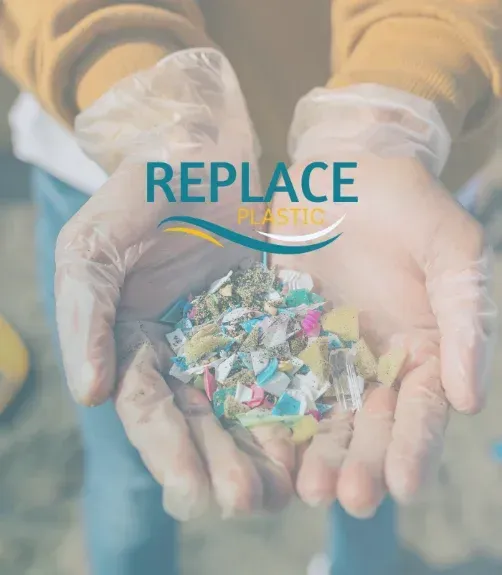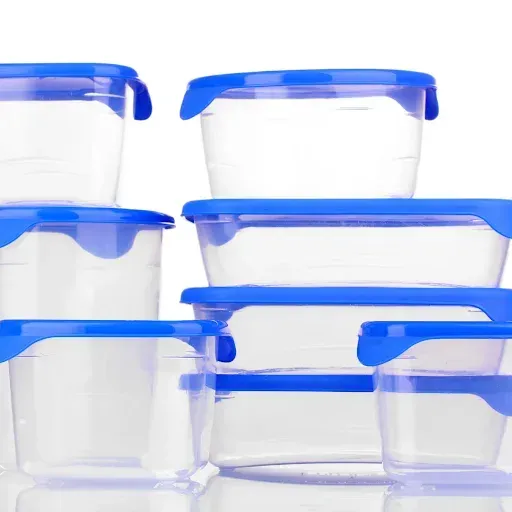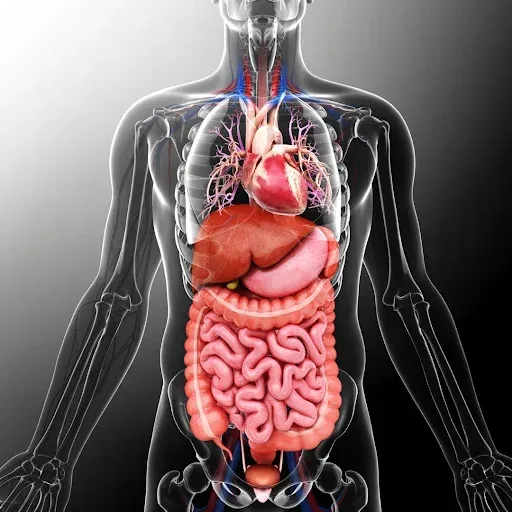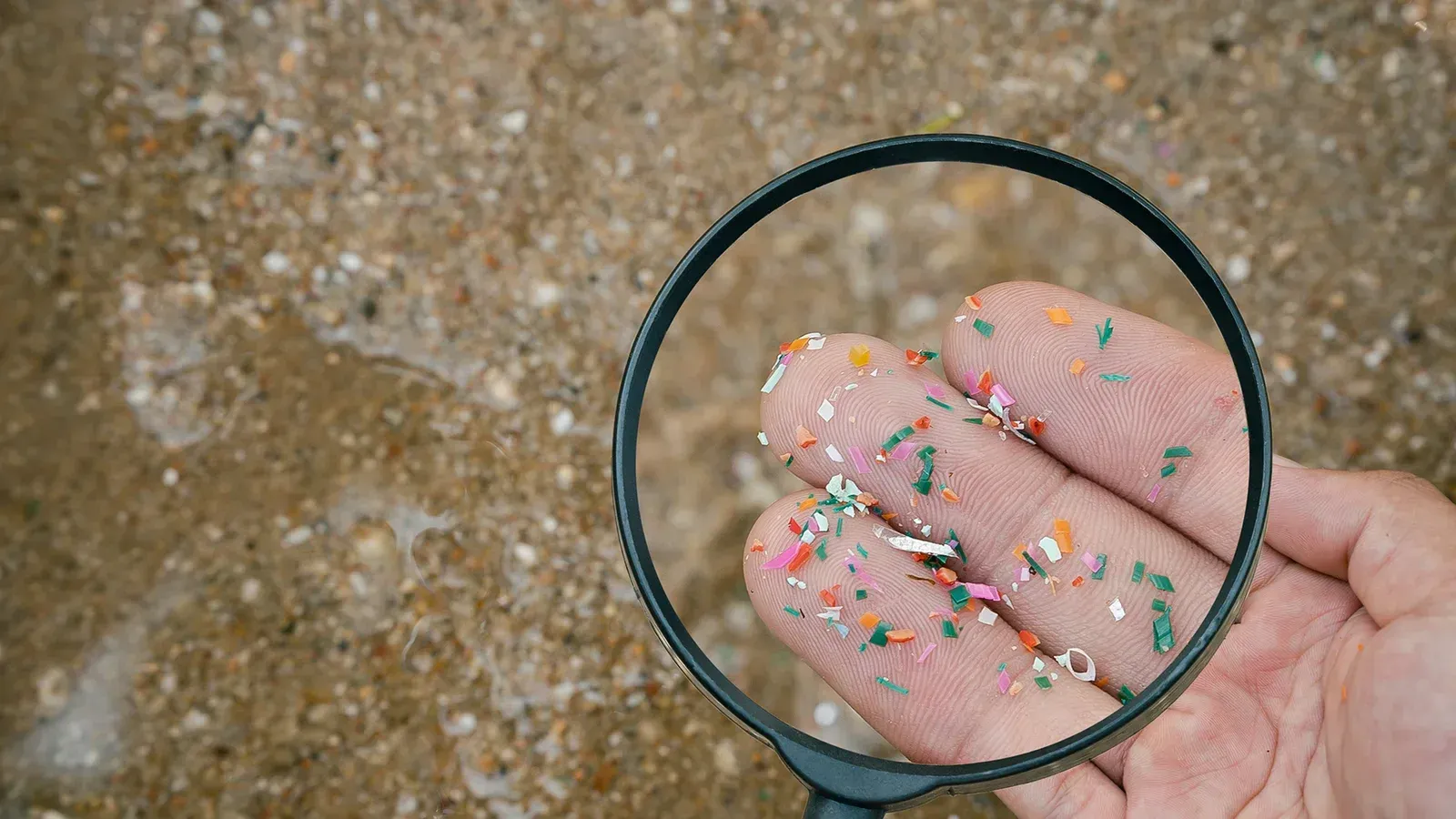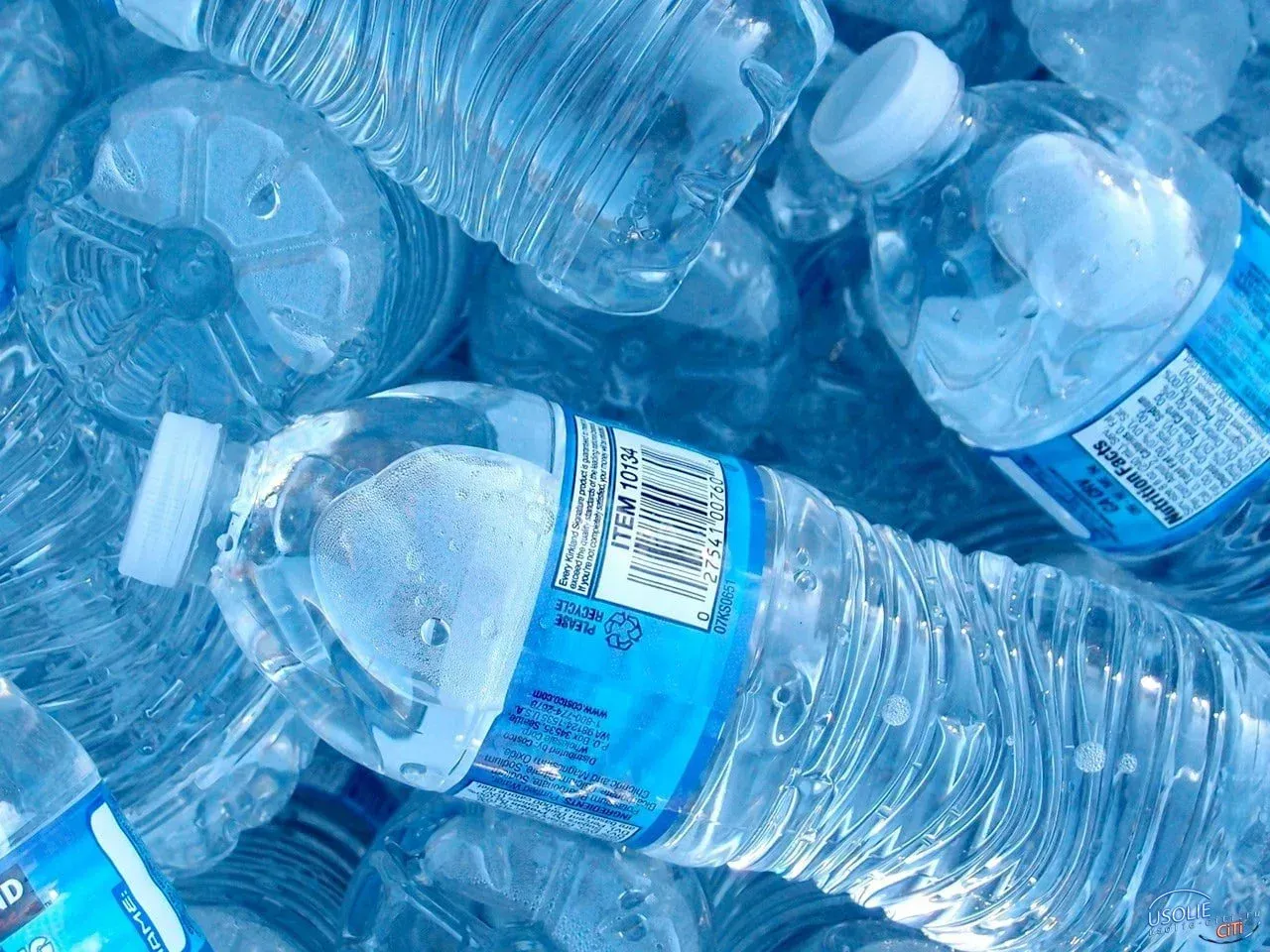Microplastics & Health: What New Research Reveals About Their Impact
This article may include Amazon Affiliate Links. If you make a purchase through these links, we may earn a small commission—at no cost to you. It’s a great way to support our blog and the work we do at Replace Plastics. Be sure to check out our Replace Plastic Top Picks here!
Microplastics: The Hidden Health Hazard
Recent research shows that microplastics—tiny plastic fragments less than 5 millimeters in size—are not only an environmental problem, but they also pose serious health risks. These particles are now found in the air, water, soil, and even in our food supply. In this article, we break down the latest scientific studies that reveal how microplastics impact our health.
1. The Plastic Brain
A study by Prüst et al. (2020) indicates that micro- and nanoplastics can cross biological barriers and reach the brain. Once inside, these particles may trigger oxidative stress and interfere with neurotransmitter function. This “plastic brain” effect could potentially lead to neurodegenerative diseases and behavioral changes.
Read more:
The Plastic Brain: Neurotoxicity of Micro- and Nanoplastics
2. Inhaling Microplastics
Research by Jenner et al. (2022) has detected microplastics in human lung tissue. Using advanced spectroscopy, scientists identified common polymers such as polypropylene and PET, suggesting that airborne microplastics are inhaled—especially in indoor and densely populated environments. This inhalation route raises significant concerns about respiratory health.
3. Microplastics in the Brain’s Olfactory Bulb
Another study by Amato-Lourenço et al. (2024) found microplastics in the olfactory bulb of the human brain. The research suggests that these particles enter through the nasal passages, potentially bypassing the blood-brain barrier. This finding highlights the urgent need to explore the neurotoxic effects of microplastic exposure further.
Read more:
Microplastics in the Olfactory Bulb of the Human Brain
4. Microplastics in Human Placentas
In a groundbreaking study, Ragusa et al. (2021) detected microplastics in human placentas on both the maternal and fetal sides. This discovery indicates that microplastics may transfer from mother to fetus, raising serious concerns about prenatal exposure and its potential effects on early development.
Read more:
Plasticenta: First Evidence of Microplastics in Human Placenta
5. Elevated BPA Exposure from Canned Foods
Studies by Jenny L. Carwile, Xiaoyun Ye, and Xiaoliu Zhou have revealed that consuming just one serving of canned soup daily over five days can lead to a dramatic increase—over 1000%—in urinary Bisphenol A (BPA). Since BPA is often found in plastics, this research underscores the potential for microplastic contamination in our food, particularly canned goods.
Read more:
Canned Soup Consumption and Urinary Bisphenol A: A Randomized Crossover Trial
6. Plastics in Disposable Paper Cups
A recent study observed that disposable paper cups with plastic liners can leach microplastic particles when exposed to hot water. In one experiment, 100 ml of hot water sitting in such a cup for just 15 minutes released approximately 25,000 micron-sized microplastic particles. This surprising discovery suggests that even everyday items like paper cups can be a source of microplastic exposure.
Read more: Microplastics Released from Disposable Paper Cups
What Does This Mean for Us?
The cumulative findings from these studies reveal that microplastics are a pervasive part of our daily environment. They infiltrate our bodies through the air we breathe, the water we drink, and the food we eat, potentially causing respiratory issues, neurotoxicity, prenatal exposure, and other health problems. While the risk may seem daunting, these insights empower us to take proactive steps to reduce our exposure.
For actionable tips on minimizing microplastic exposure, check out our detailed guide: 6 Simple Steps to Decrease Your Microplastic Exposure.
Get Curious and Learn More
To further safeguard your health, explore our Replace Plastics Top Picks for eco-friendly products designed to lower your microplastic exposure. Our site offers a wealth of resources and articles that delve into the science of plastic pollution and practical ways to create a cleaner, healthier environment.
Taking small, informed steps today can significantly reduce your exposure to harmful microplastics and contribute to a sustainable future for everyone.
